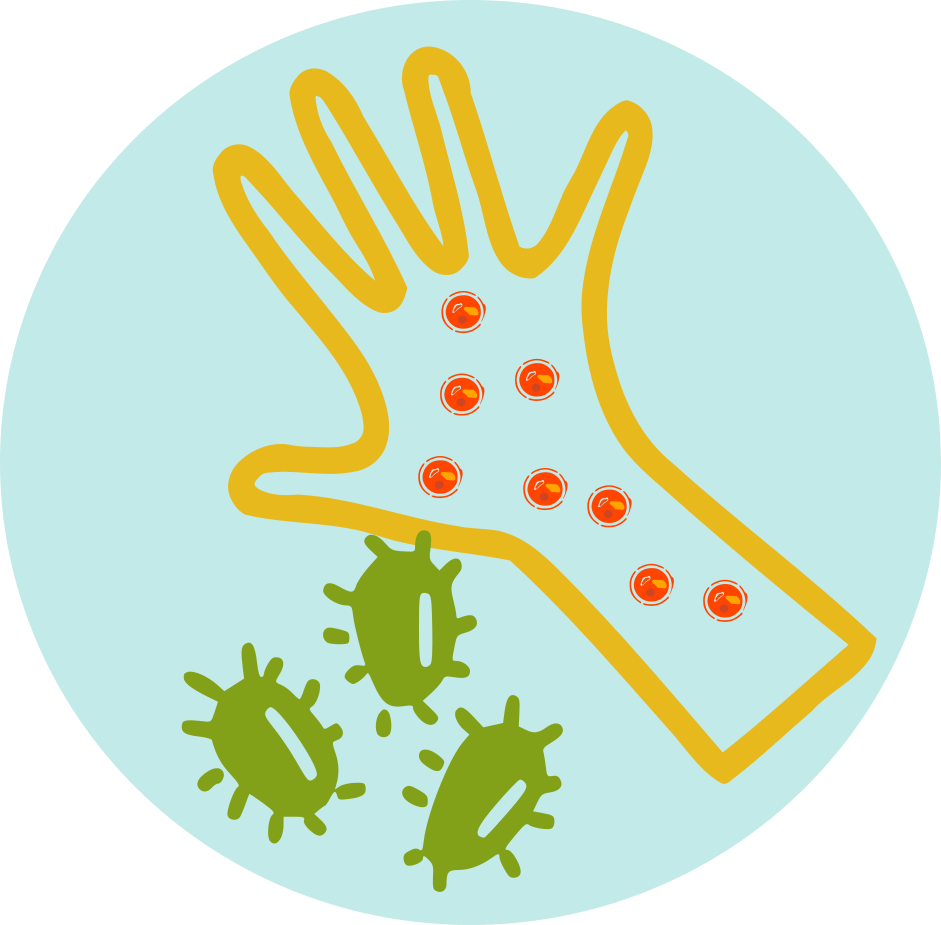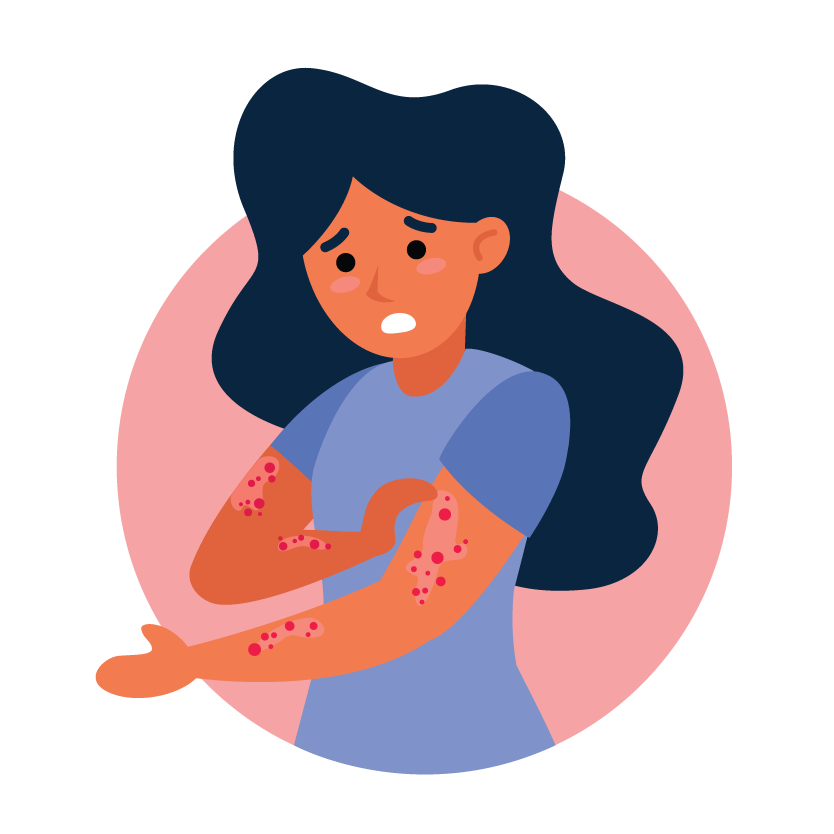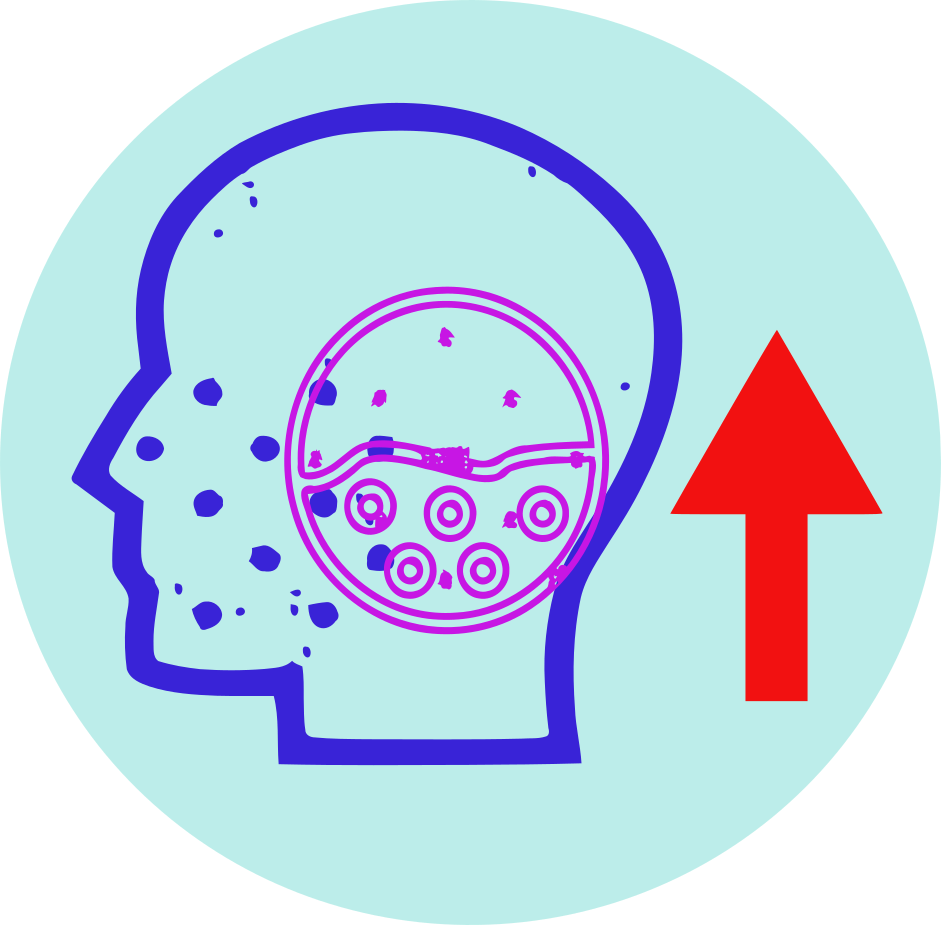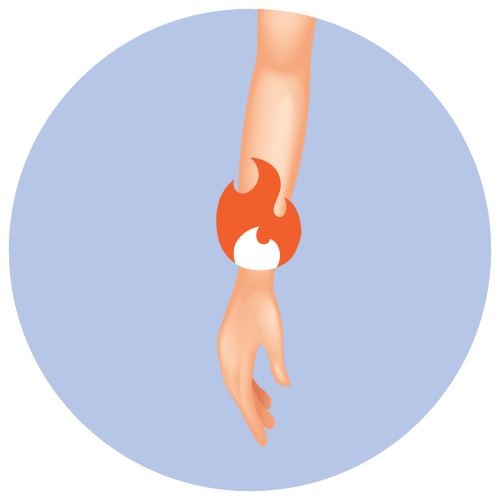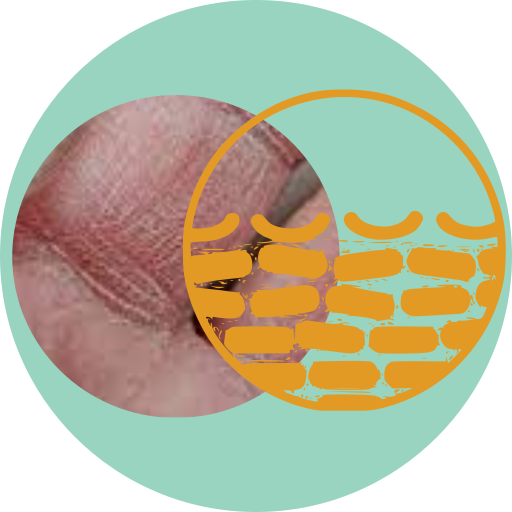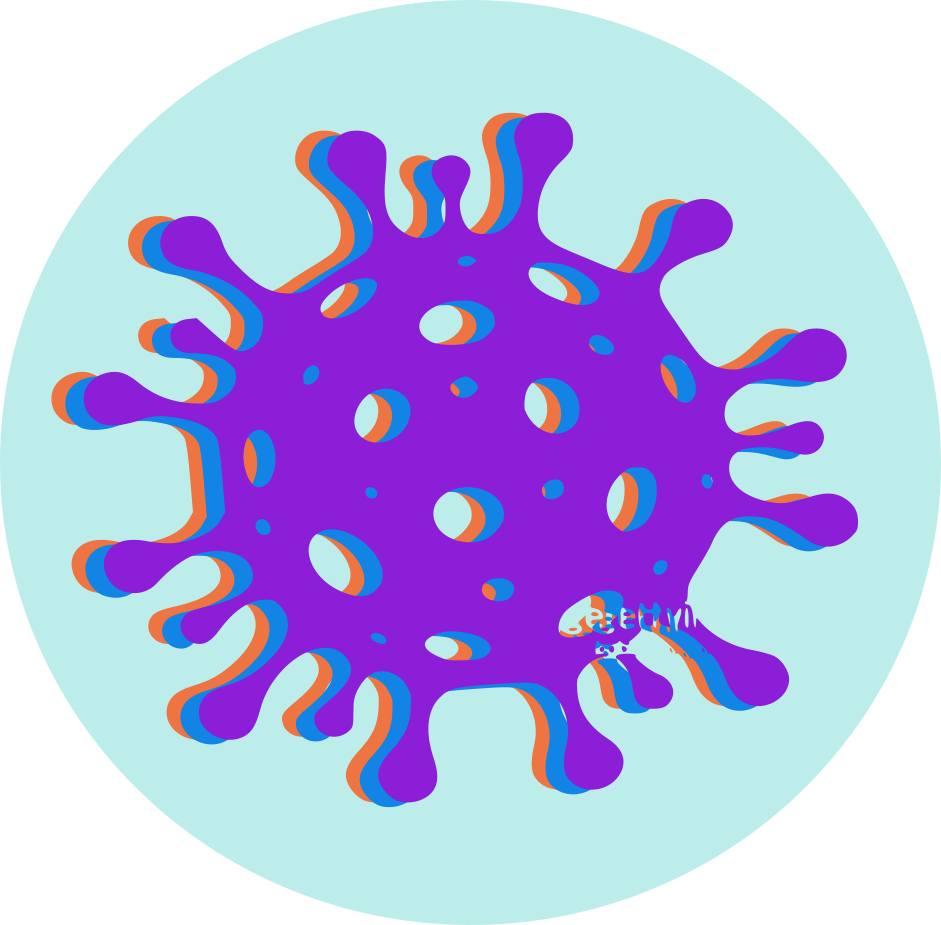| Name | Gramicidin + Neomycin Sulphate + Nystatin + Triamcinolone Acetonide |
| Classes |
Antiinfective Agent Dermatological/Topical Agent Topical Antiinfective Agent Antiinfective and Steroid Combination |
| Diseases |
Inflammation Itching Otitis Skin Disorder Swelling |
Gramicidin + Neomycin Sulphate + Nystatin + Triamcinolone Acetonide
Gramicidin + Neomycin Sulphate + Nystatin + Triamcinolone Acetonide is a topical preparation that has anti-inflammatory, antifungal and antibacterial activity.
Gramicidin + Neomycin Sulphate + Nystatin + Triamcinolone Acetonide is used to treat the following conditions-
- Skin infections caused by susceptible bacteria and fungi
- Skin irritation
- Pruritus
Apply a thin coating of the medication 2 or 3 times a day or as directed by your health professional. Wash your hands before and after use.
Gramicidin + Neomycin Sulphate + Nystatin + Triamcinolone Acetonide may cause the following side effects-
- Skin atrophy
- Dry skin
- Hyperpigmentation
- Skin irritation
- Burning sensation
- Adrenal suppression
- Topical corticosteroids can cause reversible suppression of the hypothalamic-pituitary-adrenal (HPA) axis, which can lead to glucocorticosteroid insufficiency if treatment is stopped. Cushing's syndrome, hyperglycemia, and glucosuria can all be caused by systemic absorption of topical corticosteroids while on treatment in some patients.
- If HPA axis suppression is detected, the medicine should be discontinued, the frequency of application reduced, or a less potent corticosteroid substituted. When topical corticosteroids are stopped, HPA axis function usually returns quickly. Signs and symptoms of glucocorticosteroid insufficiency might arise infrequently, necessitating the use of additional systemic corticosteroids.
- Due to their greater skin surface to body mass ratios, pediatric patients may be more sensitive to systemic toxicity from equal doses.
- Even if the symptoms have improved, this medicine must be taken for the entire therapy period. If there is no progress after 1 week of treatment for tinea cruris or tinea corporis, or 2 weeks for tinea pedis, contact your doctor.
Contraindication
- Contraindicated in patients hypersensitive to any component of the medication.
- Contraindicated in patients hypersensitive to other glucocorticoids, such as-
None known.
Contraindicated in viral infections.
 Bangla
Bangla English
English